Home>Home Appliances>Home Automation Appliances>What Is Geofencing On A Thermostat
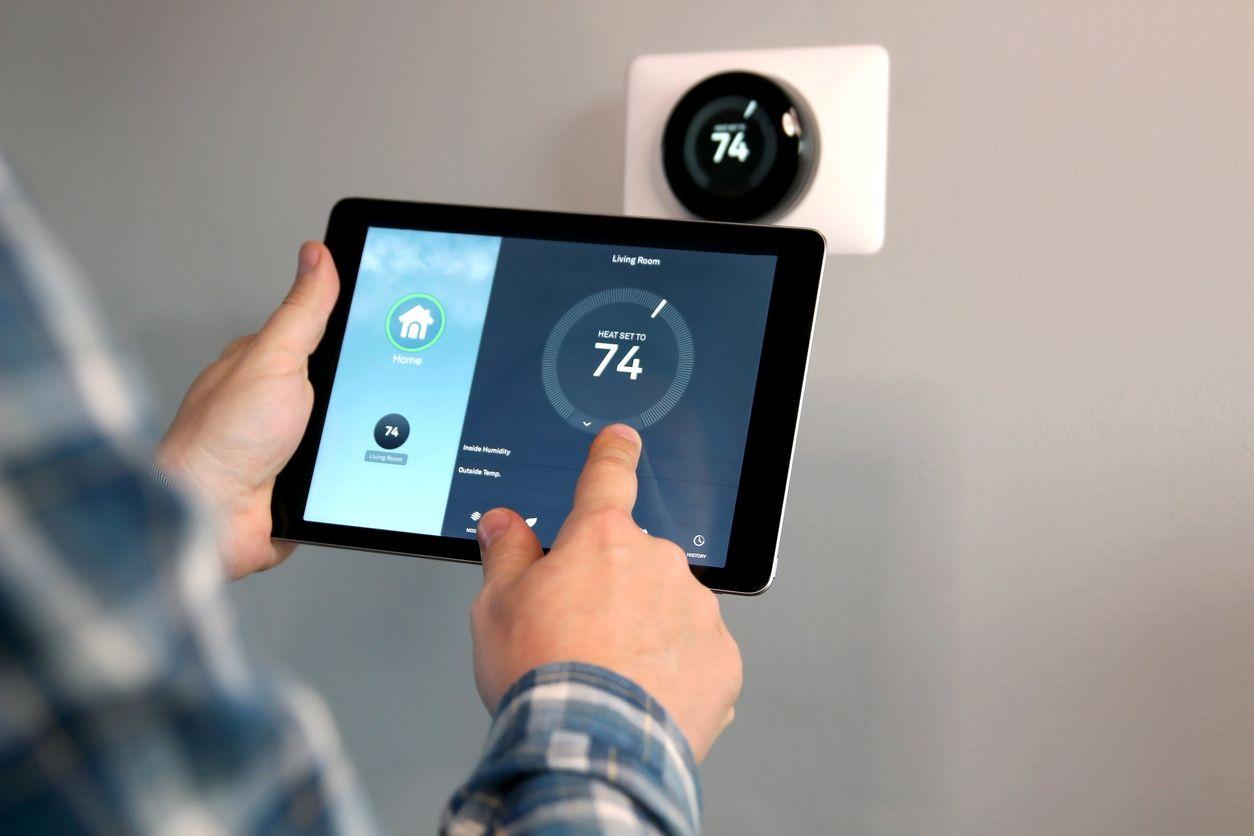

Home Automation Appliances
What Is Geofencing On A Thermostat
Published: January 1, 2024
Learn how geofencing on a thermostat can enhance your home automation appliances. Discover the benefits and convenience it brings to your daily life.
(Many of the links in this article redirect to a specific reviewed product. Your purchase of these products through affiliate links helps to generate commission for Storables.com, at no extra cost. Learn more)
**
Introduction
**
Welcome to the future of home comfort and energy efficiency! In today's fast-paced world, the demand for smart and convenient solutions has given rise to innovative technologies that are revolutionizing the way we interact with our homes. One such advancement is geofencing on a thermostat, a cutting-edge feature that seamlessly integrates with your lifestyle to optimize energy usage and create a comfortable living environment.
As we delve into the intricacies of geofencing on a thermostat, you'll discover how this intelligent system adapts to your daily routine, providing unparalleled convenience and cost savings. Whether you're a tech enthusiast or someone seeking practical ways to enhance your home, understanding the concept of geofencing and its application in the realm of home automation is sure to pique your interest.
Join us on a journey through the realm of geofencing on a thermostat, where we'll unravel its inner workings, explore its benefits, and learn how to harness its potential to elevate your living space. Get ready to embrace the future of home comfort and energy management as we uncover the transformative power of geofencing on a thermostat.
Key Takeaways:
- Geofencing on a thermostat uses your location to adjust the temperature, saving energy when you’re away and keeping your home comfy when you’re back. It’s like having a smart, energy-saving helper for your home!
- Setting up geofencing on a thermostat is easy and can lead to big benefits like saving money on energy bills and reducing your environmental impact. It’s a smart way to make your home more comfortable and eco-friendly!
What Is Geofencing?
Geofencing is a sophisticated technology that leverages the geographical boundaries of a specific area to trigger predefined actions or settings. In the realm of home automation, geofencing enables devices such as thermostats to detect when individuals enter or leave a designated area, typically their home, and automatically adjust the temperature settings based on their presence or absence.
This cutting-edge feature operates on the premise of geolocation, utilizing GPS, RFID, Wi-Fi, or cellular data to create virtual boundaries, or “geofences,” around a specific location. By establishing these virtual perimeters, geofencing empowers smart devices to discern when individuals cross the threshold, prompting them to initiate predetermined responses.
Geofencing is not limited to a single application; its versatility extends across various domains, including marketing, security, and, notably, home automation. In the context of thermostats, geofencing functionality aligns with the broader objective of optimizing energy usage and enhancing user comfort. By seamlessly integrating with the occupants’ movements, geofencing on a thermostat ensures that the home environment remains conducive and energy-efficient, regardless of whether individuals are present or away.
At its core, geofencing epitomizes the convergence of technological innovation and practical utility, offering a seamless solution to streamline daily routines and elevate the overall living experience. As we navigate the realm of geofencing on a thermostat, it becomes evident that this intelligent feature represents a significant stride toward a more intuitive, energy-conscious, and personalized approach to home climate control.
Geofencing on a Thermostat
Geofencing on a thermostat marks a pivotal advancement in the realm of home climate control, introducing a dynamic and responsive approach to temperature management. By integrating geofencing technology into a smart thermostat, homeowners can enjoy a seamless transition between energy-saving modes and optimal comfort based on their presence within the defined geofenced area.
With geofencing capabilities, a thermostat can discern when occupants leave the geofenced premises, prompting it to adjust the temperature to a more energy-efficient setting. Conversely, upon detecting the occupants’ return, the thermostat can automatically readjust to a comfortable temperature, ensuring a welcoming environment upon their arrival.
This intelligent feature not only enhances convenience but also contributes to significant energy savings by minimizing the unnecessary operation of heating or cooling systems when the home is unoccupied. As a result, geofencing on a thermostat aligns with sustainable practices and cost-effective energy management, making it a valuable addition to modern households seeking to optimize their environmental footprint and reduce utility expenses.
Moreover, geofencing on a thermostat transcends traditional scheduling constraints, offering a dynamic and adaptive approach to climate control. Instead of adhering to rigid programming, the thermostat leverages geofencing to align its operation with the occupants’ movements, ensuring that the home environment remains tailored to their presence, thereby fostering a harmonious balance between comfort and energy efficiency.
By seamlessly integrating geofencing technology into the realm of home climate control, a thermostat becomes more than just a device for adjusting temperatures; it becomes an intuitive companion that anticipates and responds to the occupants’ needs, elevating the overall living experience and promoting sustainable energy practices.
Benefits of Geofencing on a Thermostat
Geofencing on a thermostat offers a myriad of compelling benefits that cater to both the practical and experiential aspects of home climate control. By seamlessly integrating geofencing technology into the thermostat’s functionality, homeowners can unlock a host of advantages that enhance convenience, energy efficiency, and overall comfort.
- Energy Efficiency: Geofencing on a thermostat plays a pivotal role in optimizing energy usage by adjusting temperature settings based on the occupants’ presence. This proactive approach minimizes unnecessary heating or cooling when the home is unoccupied, resulting in substantial energy savings and reduced utility expenses.
- Seamless Comfort: The integration of geofencing technology ensures a seamless transition between energy-saving modes and optimal comfort. Upon the occupants’ return, the thermostat automatically adjusts to a comfortable temperature, fostering a welcoming environment without the need for manual intervention.
- Dynamic Adaptability: Unlike traditional scheduling, geofencing enables the thermostat to dynamically adapt to the occupants’ movements, aligning its operation with their presence within the geofenced area. This adaptive approach ensures that the home environment remains tailored to their needs, enhancing overall comfort and convenience.
- Cost Savings: By minimizing the unnecessary operation of heating or cooling systems during periods of absence, geofencing on a thermostat contributes to tangible cost savings on energy bills. The efficient management of energy usage translates into long-term financial benefits for homeowners, making it a prudent investment in sustainable living.
- Environmental Impact: Geofencing on a thermostat promotes environmentally conscious practices by reducing energy wastage and carbon emissions associated with excessive heating or cooling. By aligning temperature control with occupancy, this intelligent feature supports sustainable living and contributes to a greener, more eco-friendly lifestyle.
Collectively, these benefits underscore the transformative impact of geofencing on a thermostat, positioning it as a valuable asset for homeowners seeking to optimize their energy consumption, elevate their living experience, and embrace a more sustainable approach to home climate control.
Geofencing on a thermostat allows you to set a boundary around your home, so when you leave or enter that area, the thermostat adjusts the temperature accordingly, helping you save energy and money.
How Geofencing Works on a Thermostat
Geofencing on a thermostat operates through a seamless integration of advanced technology and intelligent algorithms, enabling the thermostat to discern the occupants’ presence within the predefined geofenced area and adjust temperature settings accordingly. This innovative functionality unfolds through a series of intricate processes that culminate in a responsive and energy-efficient approach to home climate control.
When individuals enter or leave the geofenced premises, the thermostat leverages geolocation data from their mobile devices, such as smartphones, to detect these movements. This geolocation data, often derived from GPS, Wi-Fi, or cellular signals, serves as the primary input for the thermostat to determine the occupants’ proximity to the home and initiate the appropriate temperature adjustments.
Upon detecting the occupants’ departure from the geofenced area, the thermostat transitions into an energy-saving mode, adjusting the temperature to a predefined setting optimized for periods of absence. This proactive response minimizes the unnecessary operation of heating or cooling systems, thereby conserving energy and reducing utility expenses during the occupants’ absence.
Conversely, when the occupants re-enter the geofenced premises, the thermostat promptly registers their presence and seamlessly readjusts the temperature to a comfortable setting, ensuring a welcoming and conducive environment upon their return. This dynamic adaptation aligns the home climate with the occupants’ schedule, eliminating the need for manual intervention and fostering a hassle-free living experience.
Furthermore, geofencing on a thermostat encompasses sophisticated algorithms that factor in variables such as proximity, dwell time, and historical patterns to refine its responsiveness. By analyzing these parameters, the thermostat can fine-tune its operation, optimizing energy usage and comfort levels based on the occupants’ habits and routines.
Overall, the seamless operation of geofencing on a thermostat epitomizes a harmonious blend of cutting-edge technology and practical utility, culminating in a dynamic and energy-conscious approach to home climate control. By leveraging geolocation data and intelligent algorithms, the thermostat becomes an intuitive companion that anticipates and responds to the occupants’ movements, enhancing their living experience while promoting sustainable energy practices.
Setting Up Geofencing on a Thermostat
Setting up geofencing on a thermostat involves a series of straightforward yet crucial steps that empower homeowners to harness the full potential of this intelligent feature. By following a structured process, individuals can seamlessly integrate geofencing technology into their thermostat, unlocking the benefits of dynamic and energy-efficient climate control tailored to their presence within the defined geofenced area.
1. Select a Compatible Thermostat: The first step in setting up geofencing involves choosing a smart thermostat equipped with geofencing capabilities. Ensure that the selected thermostat is compatible with your home automation system and offers geofencing functionality as part of its feature set.
2. Install and Configure the Thermostat: Once the compatible thermostat is in place, follow the manufacturer’s instructions to install and configure it within your home environment. This typically involves connecting the thermostat to your home’s HVAC system and configuring its settings through a dedicated mobile app or web interface.
3. Enable Geofencing: Access the thermostat’s settings through the designated app or interface and navigate to the geofencing section. Enable the geofencing feature and review the available customization options, such as geofence size, temperature thresholds, and occupancy triggers, to align the thermostat’s operation with your preferences.
4. Define Geofenced Area: Specify the geographical boundaries of the area you want to encompass within the geofence. This typically involves using a map interface within the thermostat’s app to designate the perimeter around your home, allowing the thermostat to detect your proximity and adjust settings accordingly.
5. Calibrate Geofencing Parameters: Fine-tune the geofencing parameters based on your preferences and lifestyle. Adjust the dwell time, temperature differentials, and other relevant settings to ensure that the thermostat’s response aligns with your daily routines and occupancy patterns.
6. Test and Refine: Once the geofencing setup is complete, test the thermostat’s responsiveness by entering and leaving the geofenced area. Evaluate the temperature adjustments and refine the settings as needed to optimize the thermostat’s operation in accordance with your movements.
By meticulously following these steps, homeowners can seamlessly set up geofencing on a thermostat, unlocking its potential to streamline energy usage, enhance comfort, and align home climate control with their daily routines. This intuitive integration represents a significant stride toward a more personalized and energy-conscious approach to managing the home environment.
Conclusion
As we conclude our exploration of geofencing on a thermostat, it becomes evident that this innovative feature represents a transformative paradigm in the realm of home climate control. By seamlessly integrating geofencing technology into the functionality of a smart thermostat, homeowners can unlock a dynamic and responsive approach to temperature management that aligns with their daily routines and occupancy patterns.
The benefits of geofencing on a thermostat extend far beyond mere convenience, encompassing substantial energy savings, seamless comfort, and a proactive adaptation to the occupants’ movements. This intelligent feature optimizes energy usage by minimizing the operation of heating or cooling systems during periods of absence, contributing to tangible cost savings and a reduced environmental footprint.
Moreover, geofencing on a thermostat fosters a harmonious balance between energy efficiency and personalized comfort, transcending traditional scheduling constraints and aligning home climate control with the occupants’ presence within the geofenced area. This adaptive and intuitive approach reflects a significant stride toward a more sustainable and streamlined living experience, where technology seamlessly integrates with daily life to enhance overall well-being.
As homeowners embrace the potential of geofencing on a thermostat, they embark on a journey toward a more energy-conscious, comfortable, and responsive home environment. By setting up geofencing and calibrating its parameters to align with their lifestyle, individuals can enjoy the seamless transition between energy-saving modes and optimal comfort, all while contributing to a more sustainable and efficient use of resources.
In essence, geofencing on a thermostat embodies the convergence of advanced technology and practical utility, offering a glimpse into the future of home automation where intelligent systems adapt to the occupants’ needs with unparalleled precision. By harnessing the transformative power of geofencing, homeowners can elevate their living experience, reduce their environmental impact, and embrace a more intuitive approach to managing the home climate.
As we bid adieu to this exploration, we invite you to embark on your own journey toward integrating geofencing on a thermostat, unlocking the potential for a more responsive, energy-efficient, and tailored home environment that seamlessly aligns with your lifestyle.
Frequently Asked Questions about What Is Geofencing On A Thermostat
Was this page helpful?
At Storables.com, we guarantee accurate and reliable information. Our content, validated by Expert Board Contributors, is crafted following stringent Editorial Policies. We're committed to providing you with well-researched, expert-backed insights for all your informational needs.
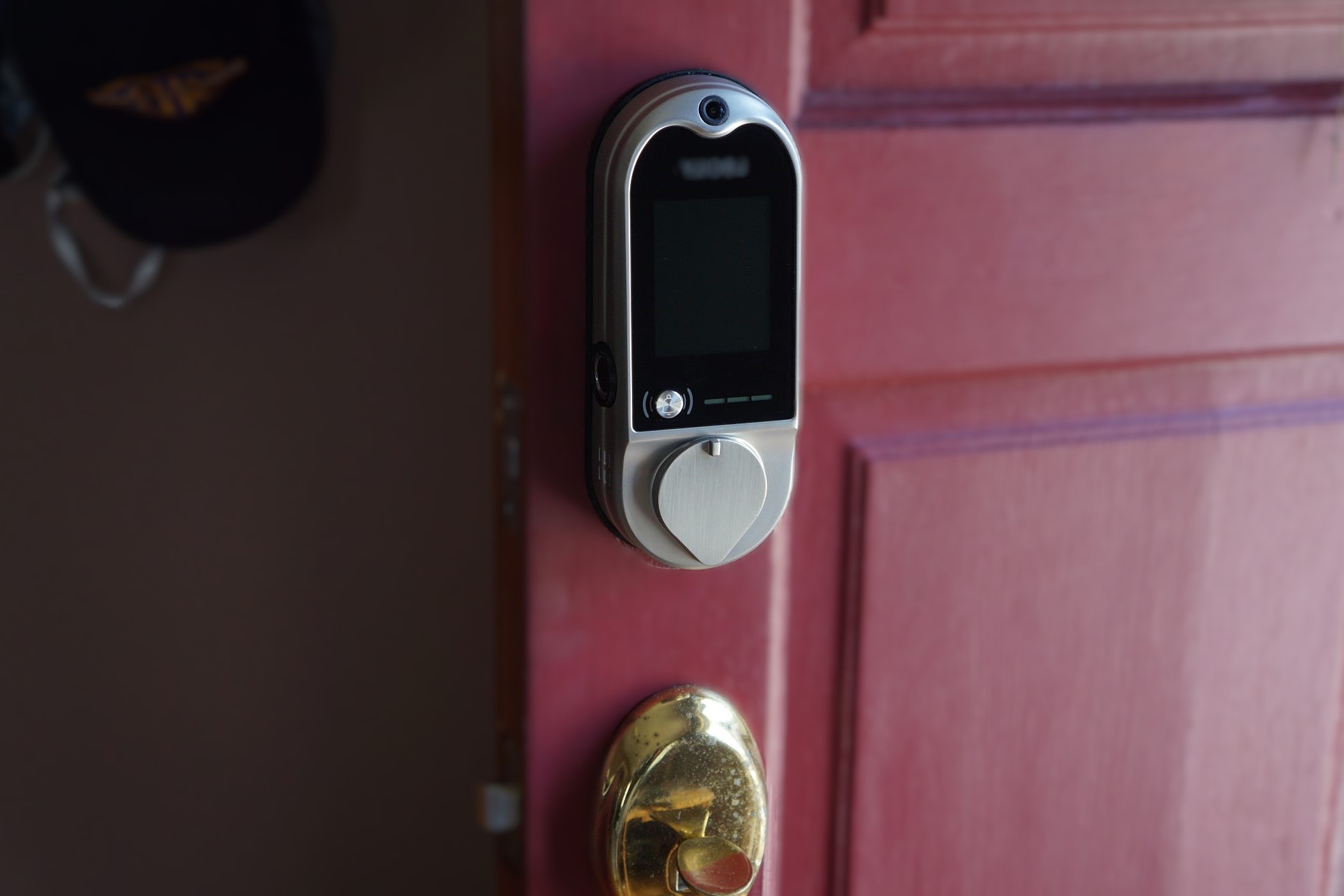

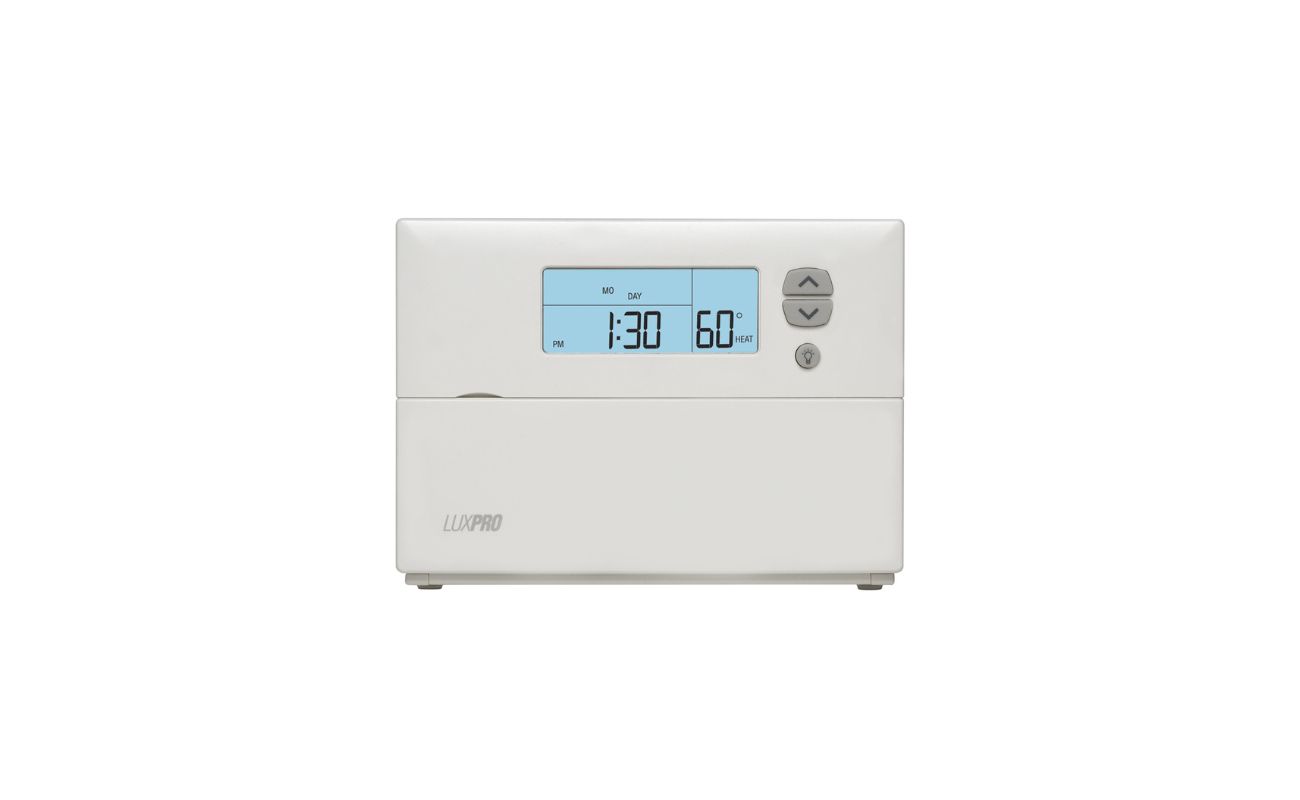
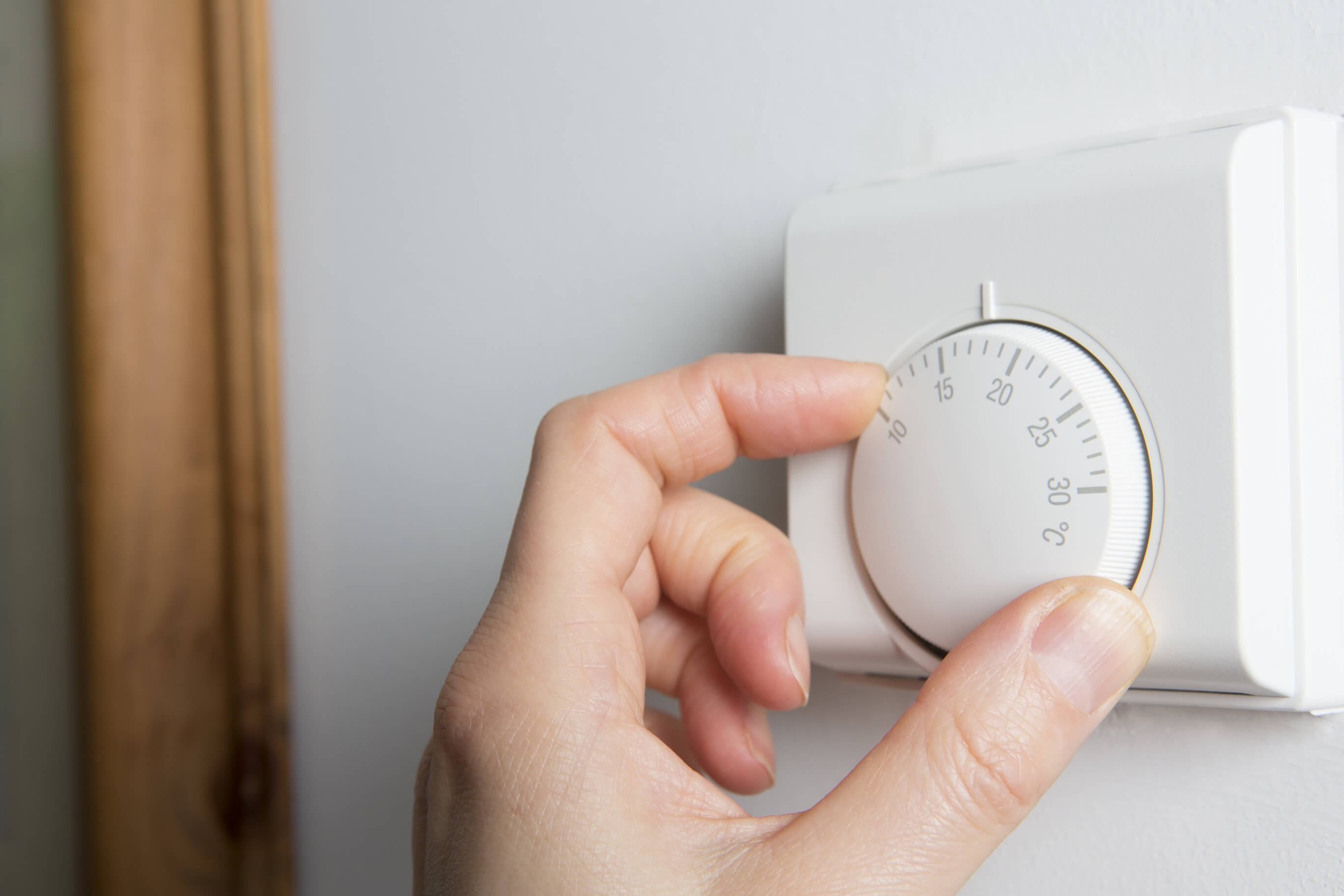
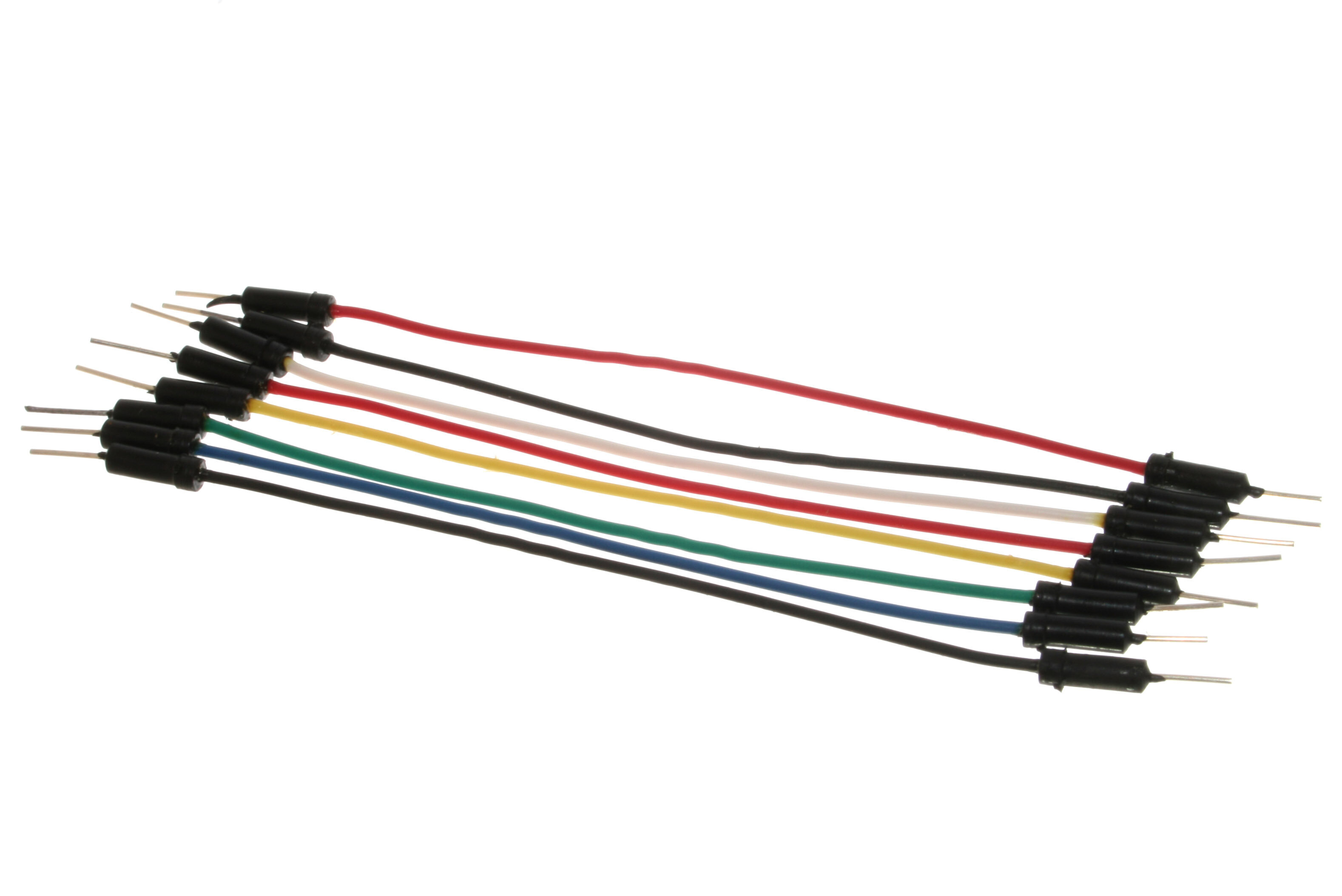

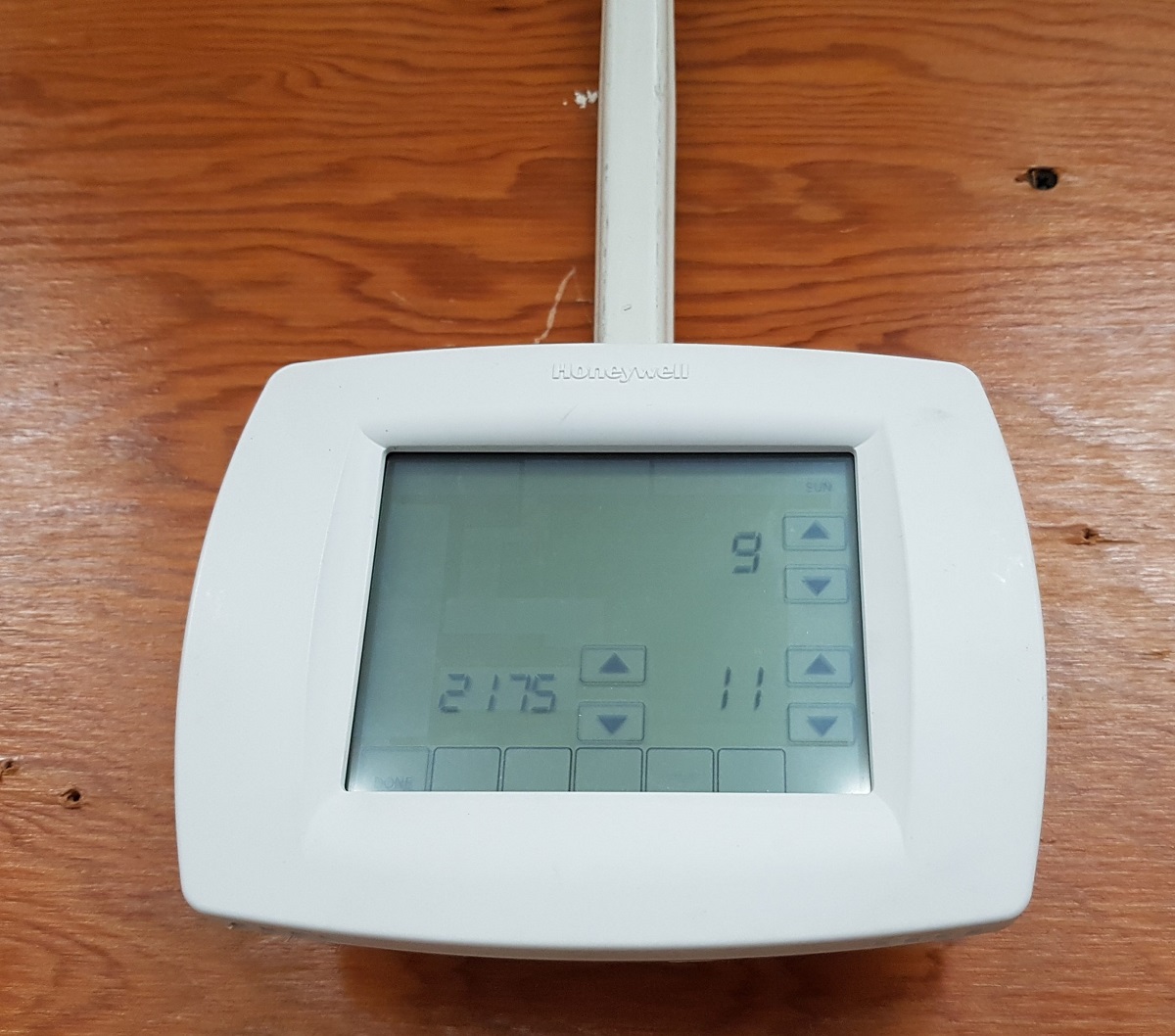
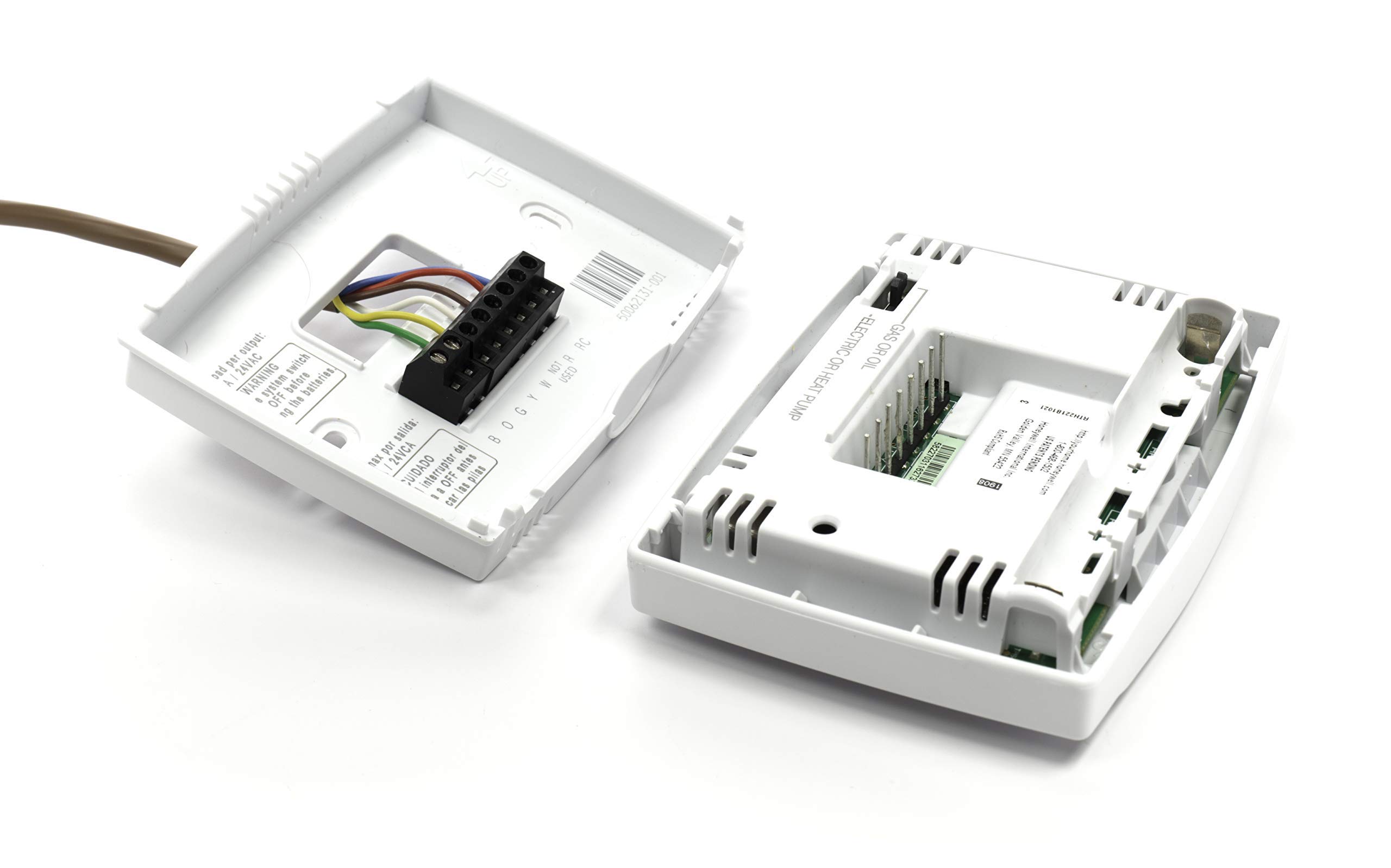
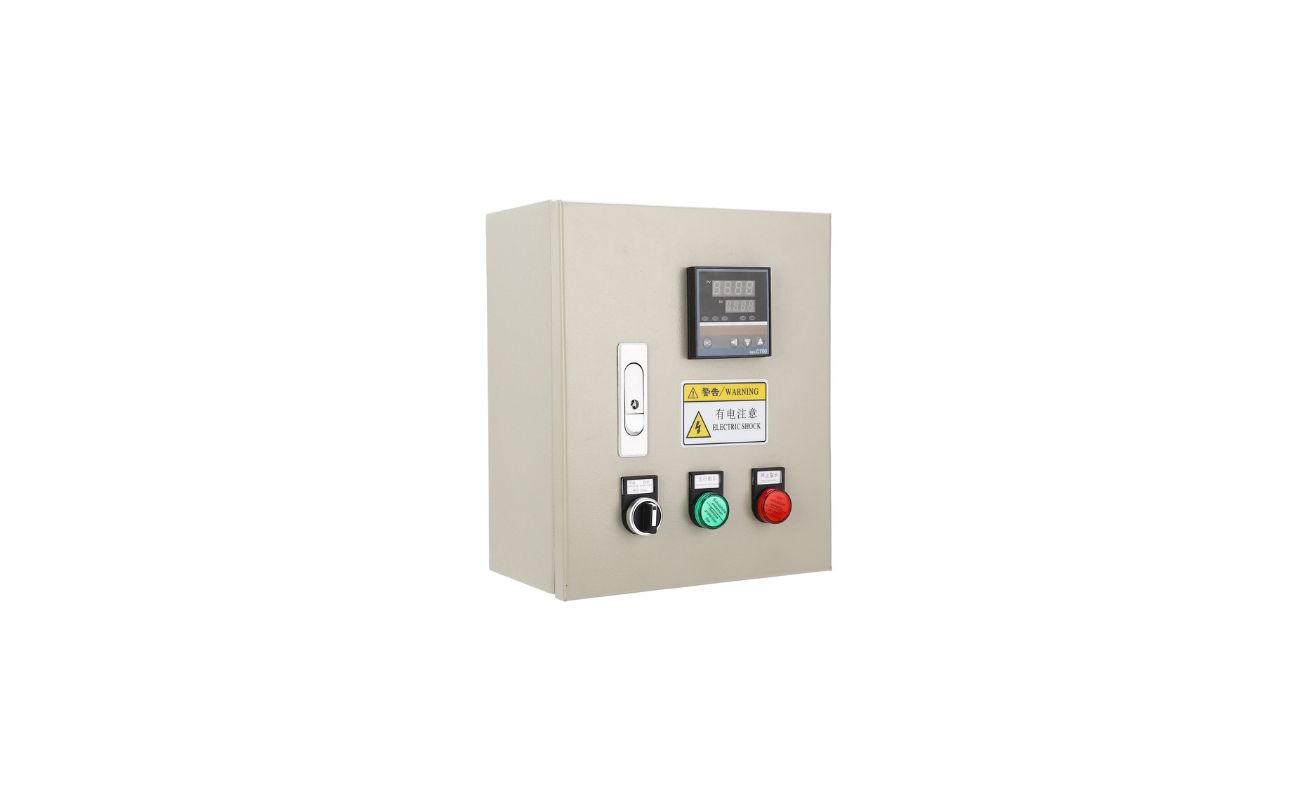
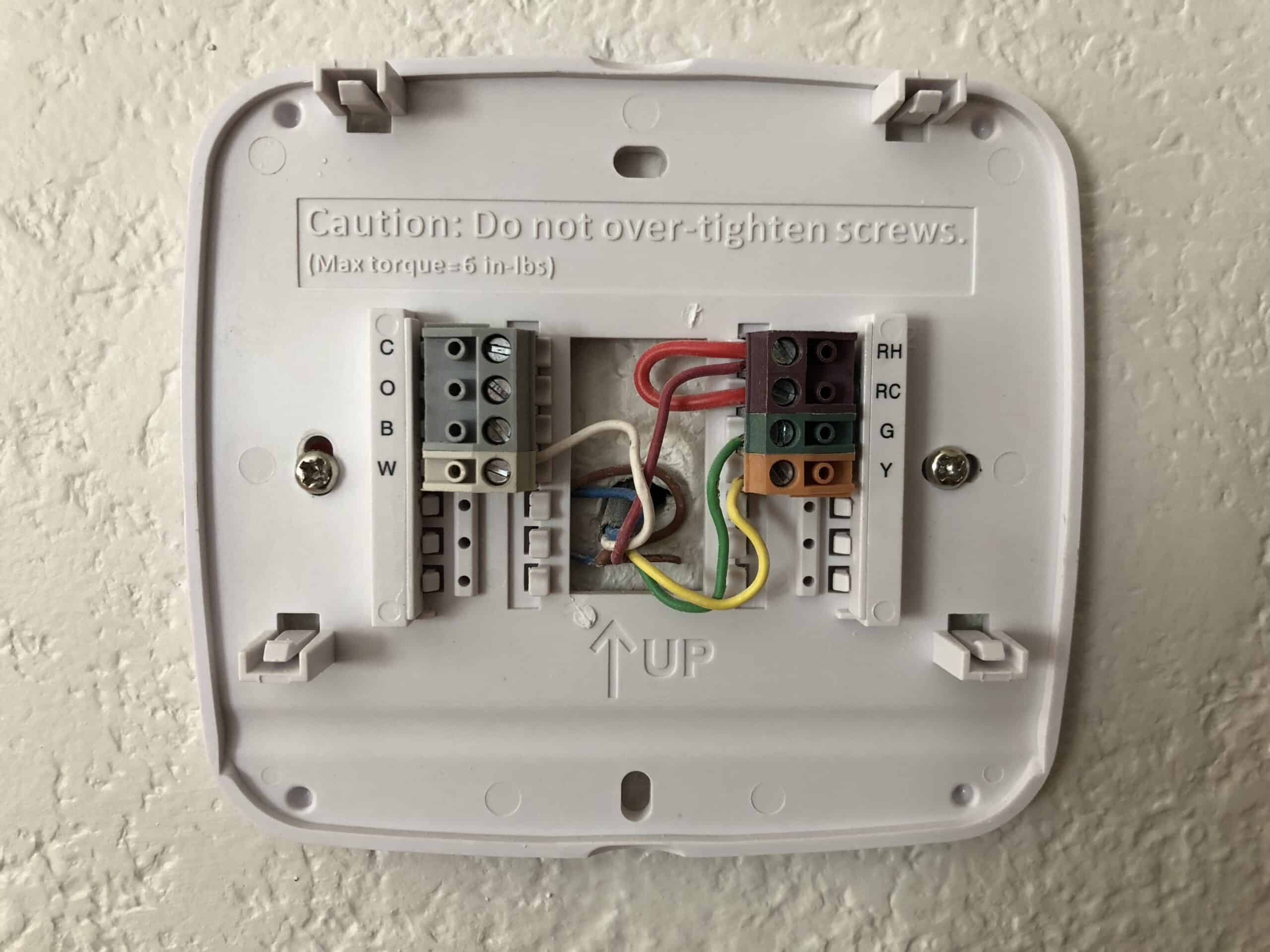
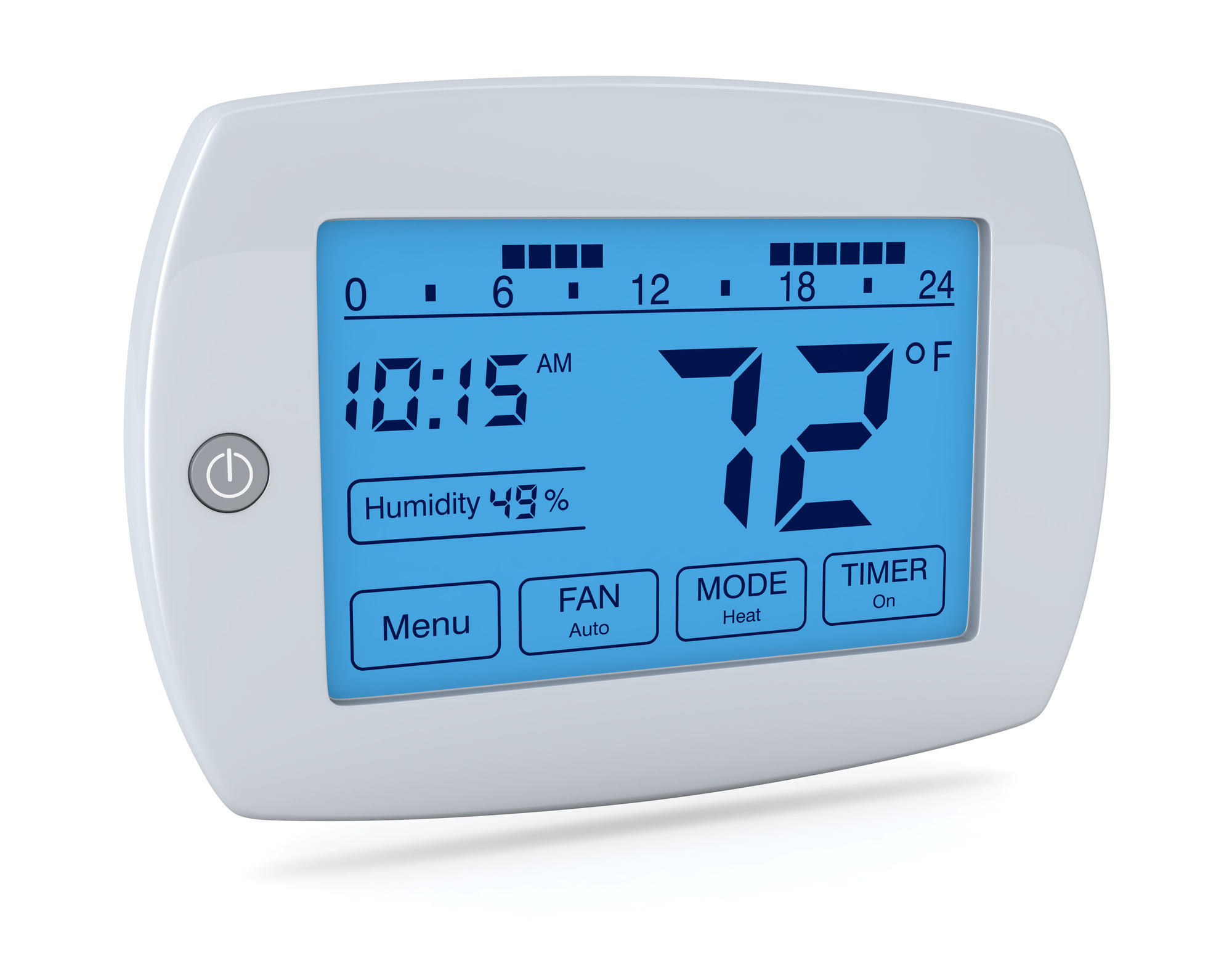
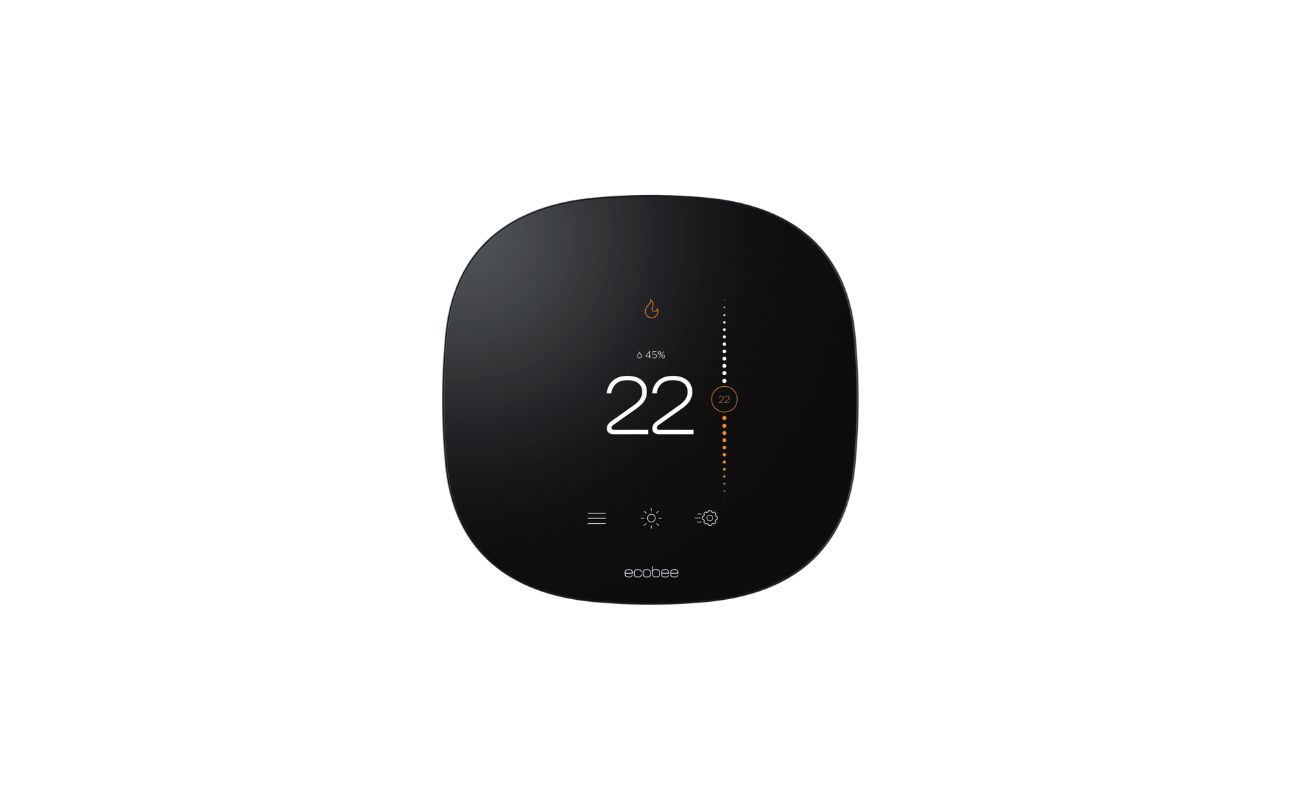

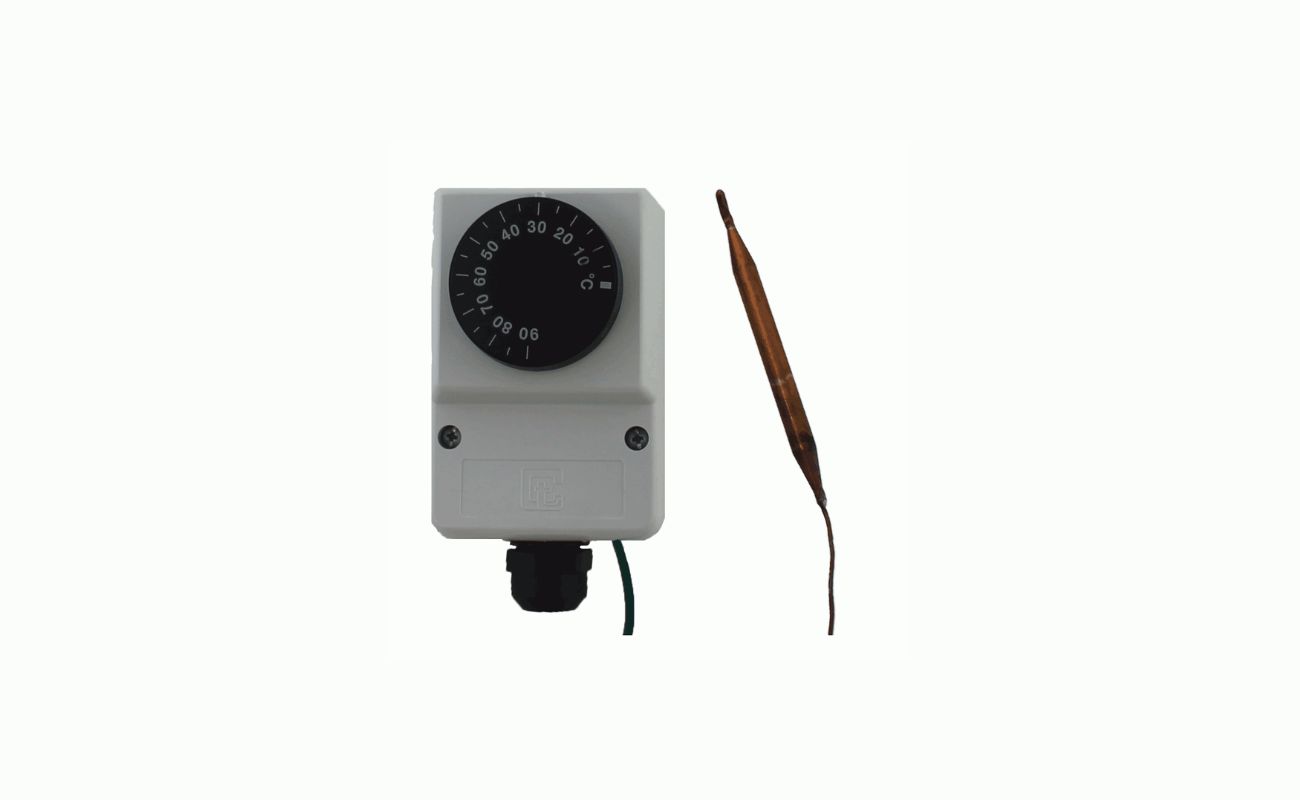

0 thoughts on “What Is Geofencing On A Thermostat”